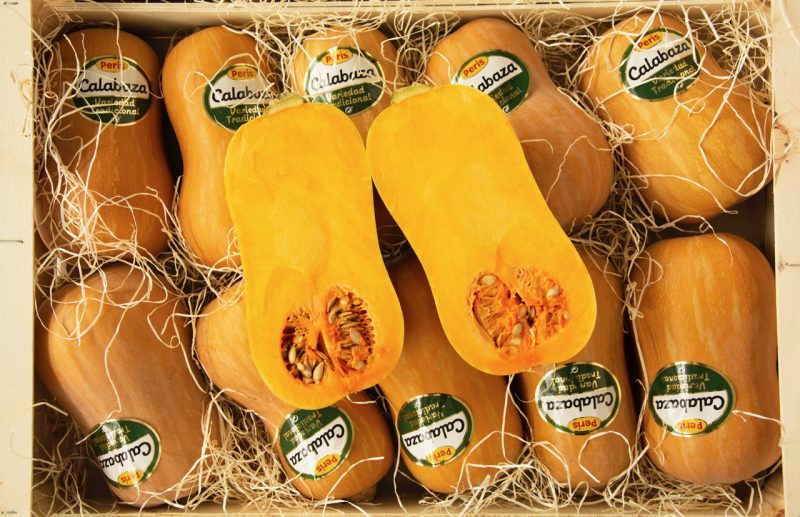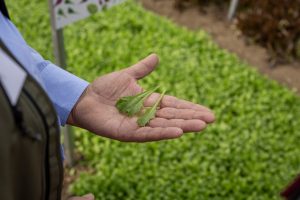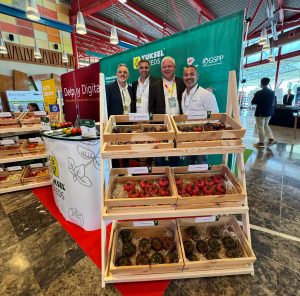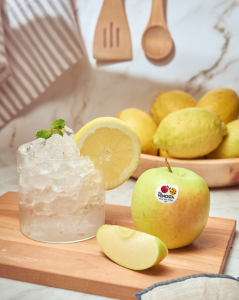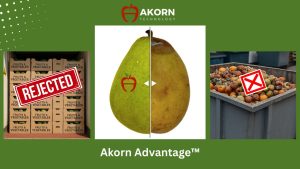You have reached some ‘landmarks in pumpkins’, when did you start marketing them and what is your experience after so many years?
It began over 30 years ago. We started with traditional varieties of peanut squashes because we were looking for a product to complement the summer seasonality of melons and watermelons, which were the products with which we started our activity. Pumpkins were ideal because they were within the cucurbitacea range that we were already handling very well and they were an autumn/winter crop. At the same time, we incorporated the carruecano squash on request by a client and, shortly after this, the rotana squash, which we essentially use for our ready-cooked Frutifresh roasted pumpkin product.
Pumpkins have experienced a great evolution as a product. In the beginning, consumption was not large, but the trend changed and we have been seeing constant growth and exponential demand over almost 20 years now. Consumers have discovered their versatility and the many options that pumpkins offer in the kitchen, along with their incredible nutritional properties.
How many local varieties do you market? What does the appearance of the Butternut squash mean to you?
The traditional varieties of peanut, rotana and carruecano squashes bring greater quality and better organoleptic qualities: colour, aroma, natural sugars, texture…
The disadvantage of the traditional varieties is that they are less productive in the fields than the hybrids, and they are more complicated to handle, which is a challenge for those of us who produce them, and greater commercial emphasis needs to be made to ensure that consumers understand the differences, which also include the price of the produce.
At Peris we work with both varieties, traditional and hybrids, and it must be said that the hybrids increase their quality every year, along with their shelf-life, which in the world of pumpkins is a very important factor.
How do pumpkins behave in the fresh-cut sector? Has the category seen a more extended development?
Pumpkins in the fresh-cut sector continue to increase their sales, as this is a format that is perfectly adapted to consumer needs, both due to the ready-peeled product and to its weight. Obviously, compared to fresh sales, they have a higher cost, but consumers are taking on the advantages and continue to boost the category. On the other hand, we are looking very closely at extending the Ready-cooked line of products using pumpkin.













